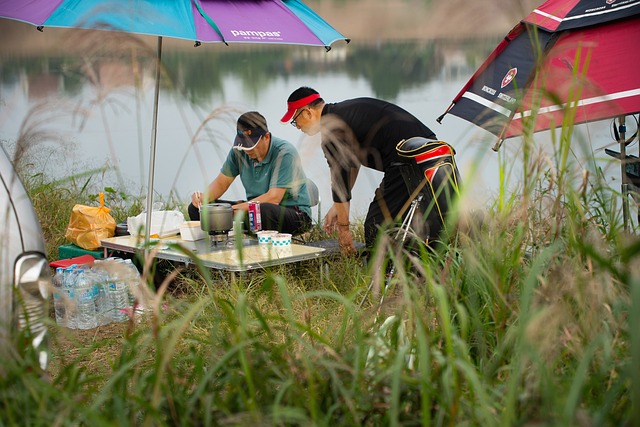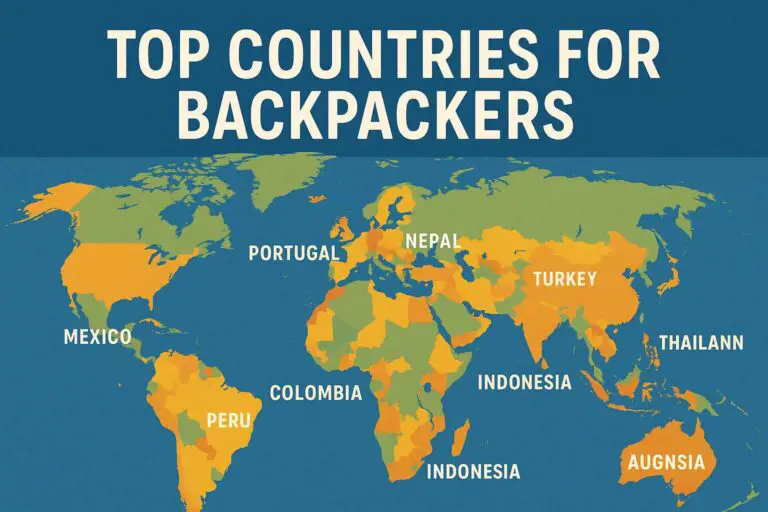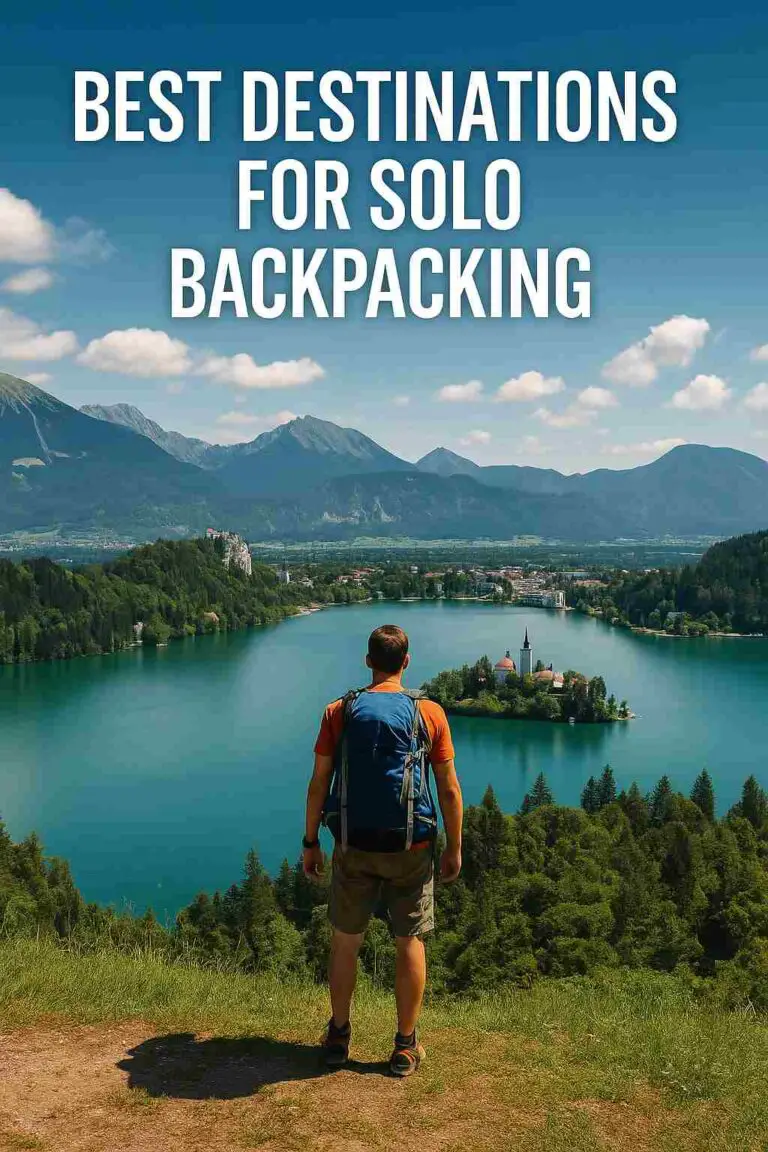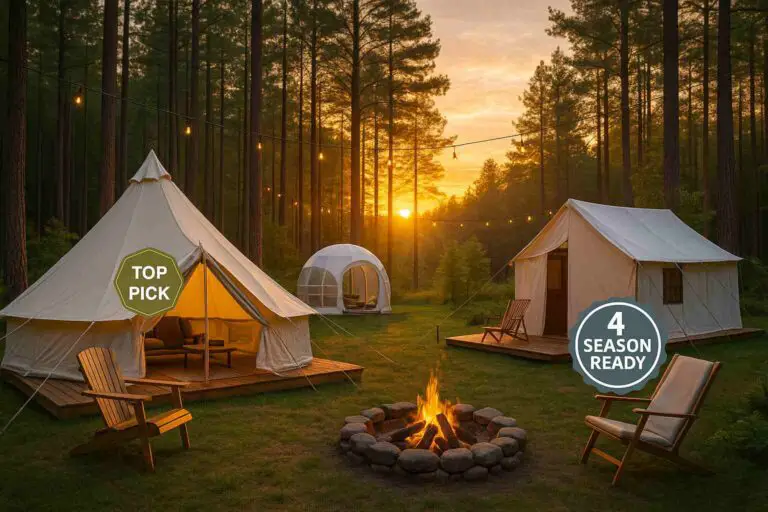Camping is a fantastic way to connect with nature and unwind from the hustle and bustle of daily life. But when it comes to food, especially in warm weather, keeping it cold and safe can be a challenge. Whether you’re an experienced camper or a beginner, knowing how to keep your food cold while camping is essential for a successful and enjoyable trip. In this comprehensive guide, we’ll explore expert tips and techniques to ensure your food stays fresh and safe throughout your camping adventure.
The Importance of Keeping Food Cold
Before we delve into the tips and tricks, let’s understand why it’s crucial to keep your food cold while camping. Proper food storage not only prevents spoilage and foodborne illnesses but also enhances the overall camping experience. Here are a few reasons why it matters:
1. Food Safety
Foodborne illnesses can ruin your camping trip and lead to serious health issues. Bacteria multiply rapidly at temperatures between 40°F and 140°F (4°C and 60°C). Keeping your food cold helps to slow down bacterial growth and reduces the risk of food poisoning.
2. Food Quality
Cold temperatures help maintain the taste, texture, and nutritional value of your food. Without proper cooling, your perishable items may become soggy, wilted, or unappetizing.
3. Convenience
Having access to fresh, chilled food allows you to enjoy a wider variety of meals while camping, from salads to dairy products. It also reduces the need to rush back to civilization for supplies.
Now that we understand why it’s crucial, let’s explore expert tips to keep your food cold while camping.
Expert Tips for Keeping Your Food Cold
1. Plan Your Menu Wisely
Before embarking on your camping trip, plan your meals thoughtfully. Opt for non-perishable or less perishable food items when possible. Canned goods, dried fruits, nuts, and dehydrated meals are excellent choices. This reduces your reliance on refrigeration.
2. Use a Quality Cooler
Invest in a high-quality cooler that provides excellent insulation. Look for coolers with thick walls and a good seal to keep cold air in and warm air out. Brands like Yeti, Coleman, and Pelican are known for their reliable coolers.
3. Pre-Chill Your Cooler
A well-prepared cooler starts with pre-chilling. Place the cooler in a cold environment or fill it with ice packs or frozen water bottles a day before your trip. This primes the cooler to maintain low temperatures efficiently.
4. Pack Smartly
Organize your cooler strategically to maximize cooling efficiency. Place items that need to stay coldest (like raw meat and dairy) at the bottom, followed by fruits, vegetables, and beverages. Pack items tightly to reduce air gaps, which can accelerate temperature rise.
5. Use Ice Blocks
Instead of regular ice cubes, opt for large ice blocks or frozen gel packs. They melt slower, keeping your cooler colder for longer. You can even freeze part of your drinking water supply to serve as ice blocks.
6. Layering Technique
Consider using the layering technique to separate items that need to stay coldest from those that can tolerate slightly higher temperatures. Place a barrier (e.g., cardboard or a towel) between the layers to keep cold air from escaping when you open the cooler.
7. Monitor Temperatures
Use a thermometer to monitor the temperature inside your cooler regularly. Aim to keep it at or below 40°F (4°C) to ensure food safety. Adjust the amount of ice or ice packs accordingly.
8. Limit Opening the Cooler
Every time you open the cooler, warm air enters, and cold air escapes. To minimize this, try to retrieve all the items you need at once instead of frequent openings.
9. Keep the Cooler Shaded
Position your cooler in the shade to avoid direct sunlight, which can quickly heat up its contents. Consider using a reflective blanket or tarp to shield it from the sun.
10. Maintain Hygiene
Keep your cooler clean and practice good hygiene to prevent cross-contamination. Use separate containers or bags to store raw meat and other items to avoid any leaks or contamination.
11. Cook and Eat Perishables First
Plan your meals so that perishable items are consumed early in your trip. This reduces the risk of spoilage and ensures you enjoy them at their freshest.
12. Consider Dry Ice
For extended camping trips or situations where you can’t replenish regular ice, consider using dry ice. It’s much colder than regular ice and can keep your cooler frozen for an extended period.
Additional Tips for Specific Foods
1. Eggs: Crack eggs into a sealable container or plastic bottle before packing them in the cooler to prevent breakage.
2. Dairy: Opt for shelf-stable milk or dairy alternatives like powdered milk or UHT milk to avoid refrigeration.
3. Meat and Fish: Vacuum-seal or double-bag raw meat and fish to prevent leaks and contamination.
4. Fresh Produce: Choose whole fruits and vegetables over pre-cut ones, as they stay fresh longer. Place them in breathable produce bags to maintain their quality.
Choosing the Right Cooler Size
Selecting the right cooler size is crucial. For shorter trips or solo campers, smaller coolers may suffice, while larger groups and extended outings might require larger coolers with more storage capacity.
Food Safety Guidelines
In addition to temperature monitoring, follow these food safety guidelines:
- Wash your hands and utensils before handling food.
- Use cutting boards and knives dedicated to specific food types to prevent cross-contamination.
- Store raw and cooked food separately.
Camping Gear Recommendations
Consider these camping gear recommendations to enhance food storage:
- Portable mini-fridges for car camping.
- Vacuum sealers to keep food fresh longer.
- Temperature-controlled containers for precise temperature maintenance.
Regional Considerations
Keep in mind that camping conditions can vary by region and season. For hot desert camping, prioritize shade and extra insulation for your cooler, while in cooler mountain regions, focus on insulation and airflow.
Emergency Cooling Solutions
In extreme heat, resort to emergency cooling solutions:
- Bury your cooler in the ground to benefit from the cooler soil temperature.
- Wet towels or cloths can be draped over the cooler, and the evaporative cooling effect will help keep temperatures down.
Environmental Impact
Minimize your environmental impact while camping by:
- Using reusable containers and utensils.
- Avoiding single-use plastics.
- Practicing Leave No Trace principles.
Conclusion
Keeping your food cold while camping is not only essential for safety but also enhances the overall camping experience. By following these expert tips and techniques, you can ensure your food stays fresh and delicious throughout your outdoor adventure.
Remember to plan ahead, invest in a quality cooler, and use proper packing and cooling methods to make your camping trip a culinary success. Enjoy your time in the great outdoors while savoring mouthwatering meals prepared with care and expertise. Happy camping!
Here’s another article you may also like: A Comprehensive Guide On How To Light Different RV Ovens




